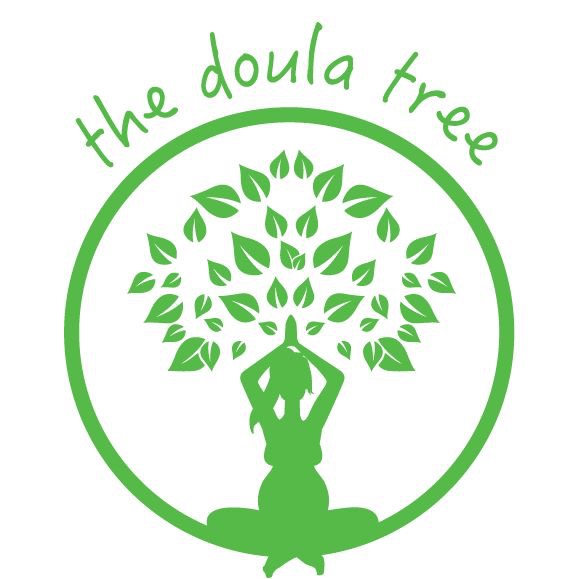My Baby Will Only Sleep On Me - Send Help!
- Brittany Lynch

- Apr 25, 2019
- 4 min read

Newborn snuggles might just be the greatest feeling in the whole world. You’re newly postpartum, recovering yourself and totally mesmerized by the perfect human you’ve created. In fact, you actually look forward to the 1-2 hour midday snooze, until you don’t. There may come a time when all you want to do is place your beautiful baby into their own sleep space, and that’s okay too! Heaven forbid you might want to have a shower, eat some lunch, get some work done, or sit...you know, alone?
This transition to sleeping alone may be an adjustment and so I’ve compiled some hints to help get your through.
1. What does your baby’s new safe sleep space look like?
Well, for most babies, this space will be a bassinet or crib that is either in their own room or in a common living space like the living room (the room you spend the majority of your time). This room should be quiet (or can be made quiet) and have the potential to make the space darker if needed. Ideally, it will be a different space than your baby’s overnight sleeping room as to help them differentiate between day time naps and night time sleep. Of course, the space wouldn’t have any blankets, toys or soft bedding.
2. Use a swaddle or sleep sack.
Depending on your babies age, they will probably benefit from using a swaddle (arms tucked in) or sleep sack (arms free to move around). This comfort technique will not only keep your baby warm, but will help them feel calm and secure, the same way being on you does.
3. Buy a sound machine.
I always recommend a sound machine that has several different noises to choose from. The “rain” sound or white noise that is constant is particularly helpful for babies ages 0-3 months while the “ocean” or rhythmic noise seems to be more helpful for babies 3months+. The sound machine will drown out the background noise so you can potentially sip your coffee without stirring the little one.
4. Feed & change before bed.
This often comes with creating a solid routine. Ensuring that your baby is both not hungry and comfortable in a dry diaper, will help them sleep longer. Remember, an unclenched fist is a good indicator that your baby has a full stomach!
5. Sleepy but not asleep.
This is the MOST important part of practicing good sleep hygiene. Imagine you fall asleep comfortably in your own bed, lying beside the person you love, but wake up on the cold floor of your kitchen all alone. Now, just fall back asleep. Hard right? The same is true for your baby. After you have changed, fed and swaddled, you will need to help them get sleepy. This is often accomplished by rocking or swaying. When your notice your baby is “sleepy but not asleep,” you will place them in their sleep space. Now, it will take some time before your baby stays asleep at this point so see below for what to do next.
6. The secret doula sauce.
Once your baby is lying in their sleep space, you will most likely need to place a hand on their chest to help keep them calm. A gentle rocking motion, patting of the stomach or circular rubbing motion on the stomach will help as well. Avoid making eye contact with your baby as this may encourage them to wake up! Remember that most babies like a constant noise, so loud “shushing” noises during this phase will also be helpful. Over time, you will be able to fizzle this part out, as your baby will not only learn to self soothe, but will also identify going to sleep with the cues you’ve put in place such as the sleep sack and sound machine.
7. Consistancy!
Okay, it didn’t work the first time. Now what? Well, if your baby starts to fuss, and isn’t able to be consoled via the suggestions in #6, you will pick them up and start rocking/swaying again. Repeat repeat repeat. This transition will be really challenging over the next 1-3 days but will gradually get better. Try keeping a log or making notes to track the progress! Consistency is of course key in the process but it’s important for me to recognize that their may be a nap throughout the day that you really just want to hold your baby and snuggle them and that’s okay too! This time is so fleeting and one nap with mom or dad isn’t going to ruin the new system.
8. When in doubt, ask for help.
It might be a friend, family member or postpartum doula, but whoever is, they should be there to support your new plan without bias or criticism. It is SO important that you feel respected and guided though any transition as a parent. For more information or to schedule a postpartum visit, please email thetreedoulas@gmail.com
Side note: your baby sleeping on you isn’t a bad thing, a bad habit or manipulation. It isn’t uncommon or wrong. It isn’t a problem until you decide it’s time for a change. So if and when you decide you’d like to alter your current arrangement, these tips will help!



Comments